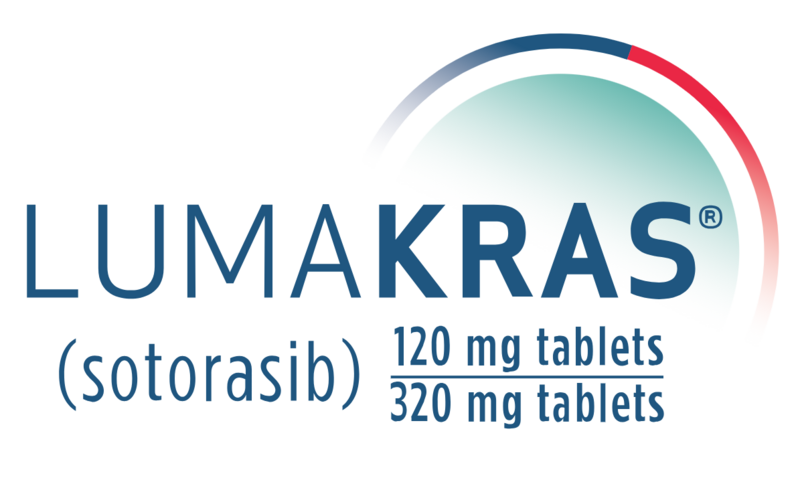KEY LUNG CANCER TERMS
Below are a list of common lung cancer terms and what they mean. You may find this information useful along your way.
-
Biomarker1
Biomarkers are measurable characteristics that can provide information about your lung cancer. They can be measured in blood, other bodily fluids, or tissues.
-
Complete response1
On an imaging scan, the tumor looks like it is completely gone as a result of treatment.
-
KRAS2
KRAS is a protein that’s in all our bodies. It works like an on/off switch that tells cells when to grow and when to stop growing.
-
KRAS G12C3
KRAS G12C is a mutation of the KRAS protein. This mutation causes the KRAS "on/off switch" to get stuck in the "on" position, leading to rapid and uncontrollable cell growth that can form tumors.
-
Mutation1
A permanent change in the DNA sequence of a gene.
-
Partial response4
The tumor has shrunk in size by at least 30%.
-
Stable disease1
The tumor's size did not change much since a patient’s last imaging scan.




